Microservices Architecture and DevOps: A Powerful Synergy for Modern Software Development
In the rapidly evolving world of software development, two trends have gained significant traction: Microservices Architecture and <a href=”https://www.bdccglobal.com/top-azure-consultants/”>DevOps Consulting Services</a>
DevOps services. These two paradigms, when combined, create a powerful synergy that enables organizations to develop, deploy, and maintain software applications with increased agility, scalability, and efficiency. In this blog, we will explore the key concepts of Microservices Architecture and DevOps, and understand how they complement each other to revolutionize modern software development.
1. Understanding Microservices Architecture
Microservices Architecture is an architectural style that structures an application as a collection of small, loosely coupled services, each catering to a specific business capability. Unlike monolithic architectures, where all functionalities are tightly integrated into a single codebase, microservices encourage breaking down an application into independent components that communicate through APIs.
-
Benefits of Microservices Architecture:
-
Scalability: Microservices allow independent scaling of individual services, ensuring resource optimization and the ability to handle varying workloads.
-
Flexibility: Teams can work on individual microservices, enabling faster development and deployment cycles without affecting other parts of the application.
-
Resilience: Failures in one microservice do not cascade to others, leading to improved fault isolation and system resilience.
-
Technology Diversity: Each microservice can be built using different technologies, allowing teams to choose the best-suited tech stack for each service.
-
2. Introduction to DevOps
DevOps is a set of practices that promote collaboration between development (Dev) and IT operations (Ops) teams throughout the software development lifecycle. By fostering a culture of communication, automation, and continuous feedback, DevOps aims to deliver high-quality software faster and more reliably.
-
Core Principles of DevOps:
-
Continuous Integration (CI): Automating the process of integrating code changes into a shared repository frequently, ensuring early bug detection and a smoother development process.
-
Continuous Delivery (CD): Automating the deployment process, allowing code changes to be released to production swiftly and with minimal manual intervention.
-
Infrastructure as Code (IaC): Managing infrastructure through code, enabling reproducibility, scalability, and version control for infrastructure components.
-
Monitoring and Feedback: Continuous monitoring of applications in production to provide feedback loops for improvement and issue resolution.
-
3. Synergy between Microservices and DevOps
Combining Microservices Architecture and DevOps provides a range of benefits that enhance the software development process:
-
Modularity and Independence: Microservices’ modularity allows DevOps teams to work independently on different services. Developers can continuously integrate code changes into their respective services, ensuring faster and more frequent releases.
-
Scalability: DevOps practices enable efficient scaling of microservices based on actual demand, ensuring optimal resource utilization and cost-effectiveness.
-
Reliability and Resilience: DevOps’ emphasis on automated testing, monitoring, and feedback loops helps ensure that each microservice is robust and can recover from failures independently, improving overall system resilience.
-
Rapid Deployment and Rollback: The combination of microservices and DevOps enables rapid, incremental deployment of changes. In case of issues, the ability to rollback specific services reduces the impact on the entire application.
-
Enhanced Collaboration: Both Microservices Architecture and DevOps rely on effective collaboration between teams. Adopting both paradigms facilitates better communication, leading to a more cohesive and productive development environment.
Conclusion
Microservices Architecture and DevOps companies are two powerful approaches that have transformed the way modern software is developed, deployed, and managed. The combination of these methodologies allows organizations to embrace agility, scalability, and innovation, ultimately leading to higher customer satisfaction and business growth.
By adopting Microservices Architecture, teams can build flexible, independent services, while DevOps practices ensure rapid and reliable delivery of these services to the end-users. The synergy between these two paradigms empowers organizations to thrive in today’s dynamic and competitive software development landscape. Embracing this powerful combination can drive organizations towards success and help them stay ahead of the curve in the ever-changing world of technology.




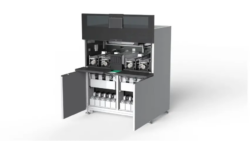


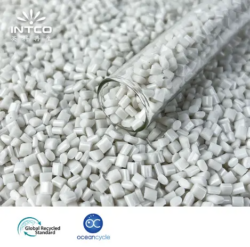




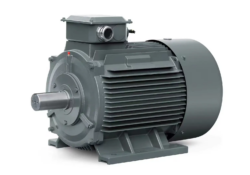










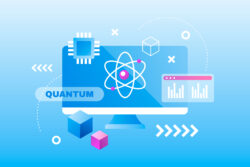




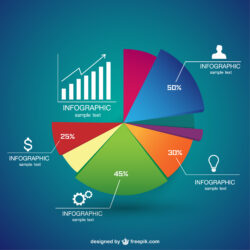


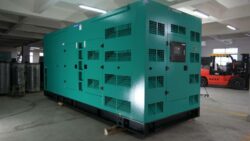









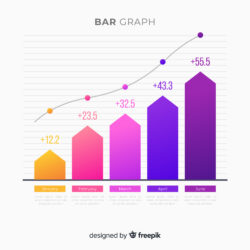











At BDCC Global, a renowned research company, we specialize in curating a list of the top devops consulting companies across the world.
In the United States, there are many companies that specialize in DevOps service and offer a wide range of services to help organizations implement and improve their DevOps practices.
If you need to scale your React Native service while maintaining high-quality performance, look no further than the list of top React Native app development firms below and select your next partner with confidence!
Flutter is a popular open-source mobile application development framework developed by Google that allows developers to build high-performance, visually appealing, and native-like apps for iOS and Android platforms using a single codebase. With its robust features and capabilities, Flutter has gained popularity among businesses worldwide, leading to the emergence of several top Flutter app development companies.
Introducing the all-new Double Seater Egg Chair in the Wicker Rattan Hanging Hawaiian Model – Black. This exquisite piece seamlessly blends style and comfort, offering a unique seating experience that’s both inviting and visually striking. Crafted with meticulous attention to detail, the chair’s wicker rattan construction brings a touch of natural beauty indoors, while its elegant black hue adds a modern edge to any space. Designed for relaxation, the double seater configuration provides a cozy haven for lounging, reading, or simply unwinding. Hang it effortlessly in any corner, and let the Hawaiian-inspired design transport you to a realm of leisure and tranquility, making it a captivating addition to both indoor and covered outdoor settings.